Discoveries
Here are some notable observations - rare species, new arrivals, species with interesting life histories - gleaned from our iNaturalist project and other sources.
The Martha’s Vineyard Atlas of Life relies heavily on the community science platform iNaturalist to build a picture of the Vineyard’s biodiversity. Vineyard observations uploaded into iNat are automatically added to our MVAL project in iNaturalist, which can be viewed here. Thanks to the efforts of hundreds of amateur naturalists, the project sees a steady stream of new reports coming in (almost 1,700, or nearly 60 a day, during the month of June 2022!). The MVAL tries to review all of those observations, adding identifications where we can and tagging experts we know to help with species we don’t recognize.
Every one of those observations helps clarify what species occur here and how they are distributed. This section of our website selects observations that strike us as especially interesting: rare species, Vineyard specialties, species new to our iNaturalist project, known or potentially invasive species, species with unusual life histories or striking appearance. Generally we’ll include a photo or two and some brief text explaining why the observation matters. From time to time, we may include observations from other sources. Check back often to see what unusual things have been reported!
Discoveries
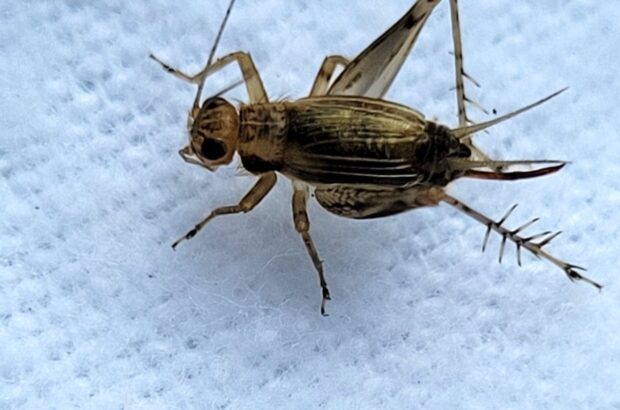
New Orthoptera Species for Martha's Vineyard
Two species were recently added to the Vineyard's Orthoptera checklist: Say's trig (Anaxipha exigua) and Columbian trig (Cyrtoxipha columbiana).

Callicera erratica (American Golden Longhorn)
The 50th taxon added to the Martha's Vineyard Atlas of Life Syrphid fly checklist, a male Callicera erratica may represent the first Massachusetts record of this poorly known and rarely observed species.
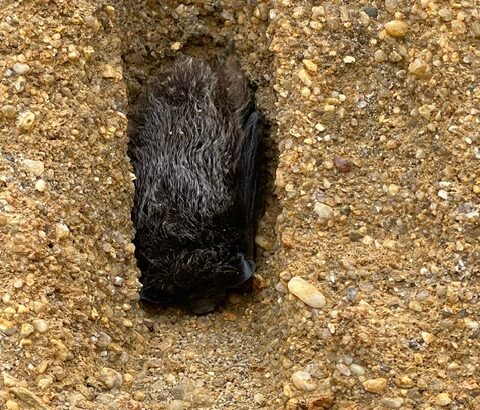
Cliff-roosting Silver-haired Bat
Alert observers document a migrant silver-haired bat roosting in a crevice on a cliff at Lucy Vincent Beach.
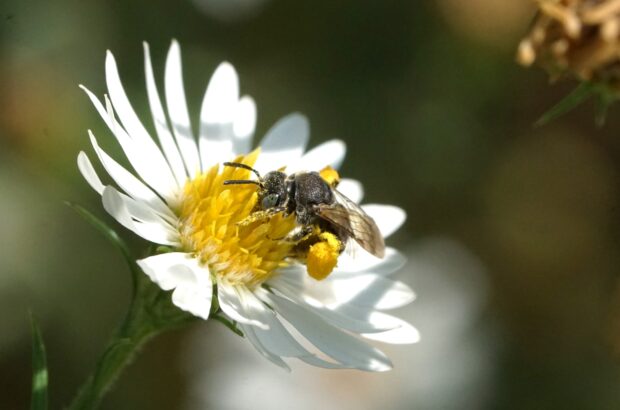
Protandrena compositarum
The 202nd bee species known from Martha's Vineyard, the aster specialist Protandrena compositarum was recently documented on the Vineyard for the first time.
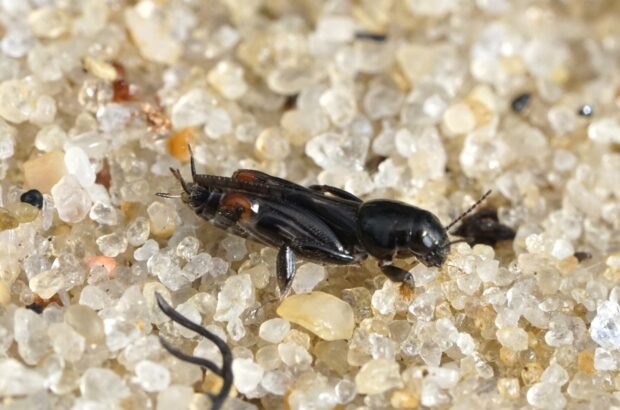
Neotridactylus apicialis
The Larger Pygmy Mole Grasshopper, Neotridactylus apicialis, has been found on Martha's Vineyard for the first time.
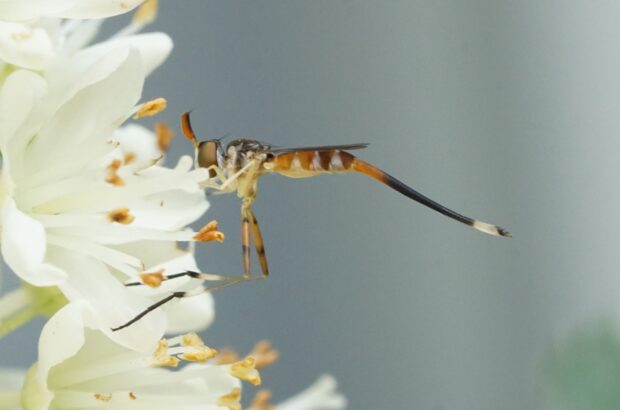
Stylogaster neglecta
Stylogaster neglecta, a strange-looking fly that reportedly parasitizes black-horned tree crickets, was recently documented for the first time on Martha's Vineyard.
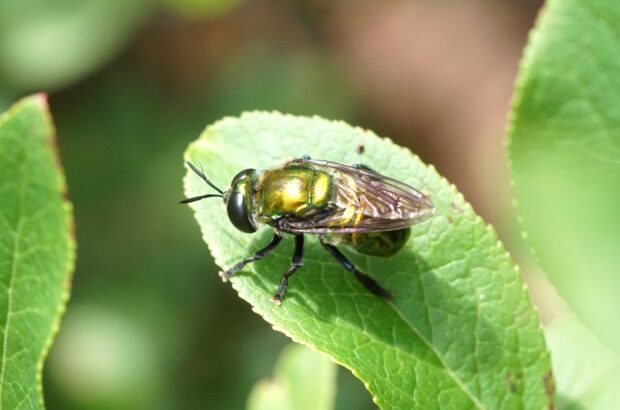
Microdon fulgens
Microdon fulgens, a poorly known Syrphid fly found mainly in the southeastern United States, was recently documented in Correllus State Forest.
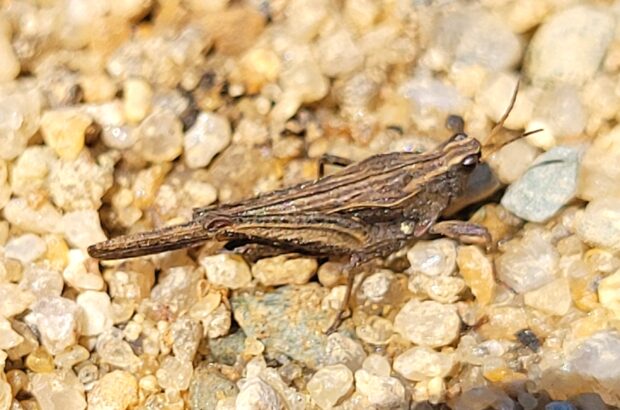
Tetrix subulata
Found for the first time on Martha's Vineyard in Aquinnah at the end of May, 2024, Tetrix subulata is the 68th species of Orthoptera documented on the Vineyard.
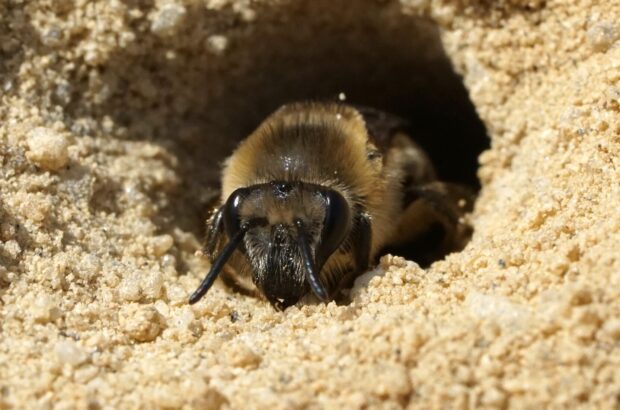
Blueberry Cellophane Bee
The blueberry cellophane bee, Colletes validus, is a highly specialized bee that finds perfect conditions in the barrens habitat of Manuel F. Correllus State Forest.
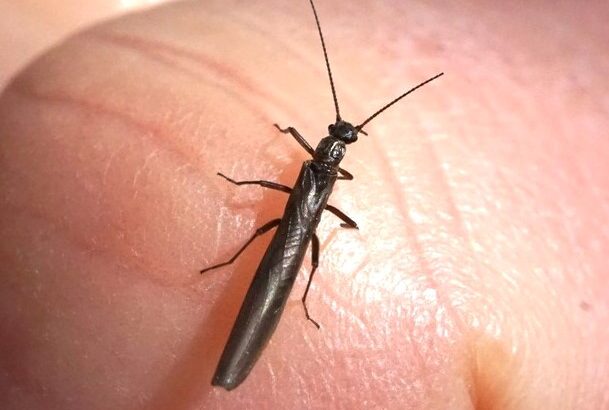
A "rolled-winged stonefly" (the family Leuctridae)
With aquatic larvae and short-lived, weak-flying adults, stoneflies (the order Plectoptera) are infrequently reported on Martha's Vineyard.

A New "Shore Bug" for Martha's Vineyard
A member of the small taxonomic family Saldidae, the first Vineyard record of the shore bug Pentacora sphacelata was recently established from photographs taken in 2019.
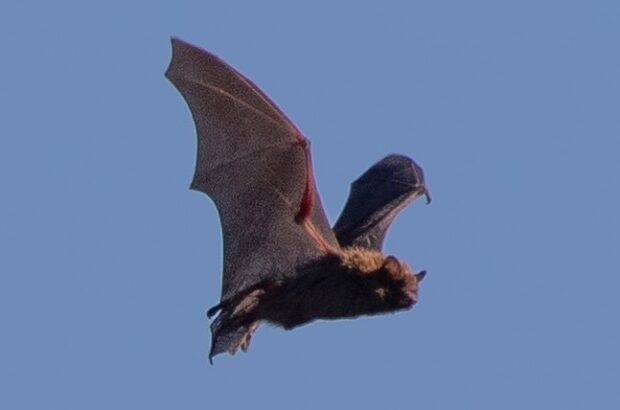
December Sightings of Two Migratory Bat Species
Two alert Vineyard naturalists documented migratory bat species on the island in mid-December.
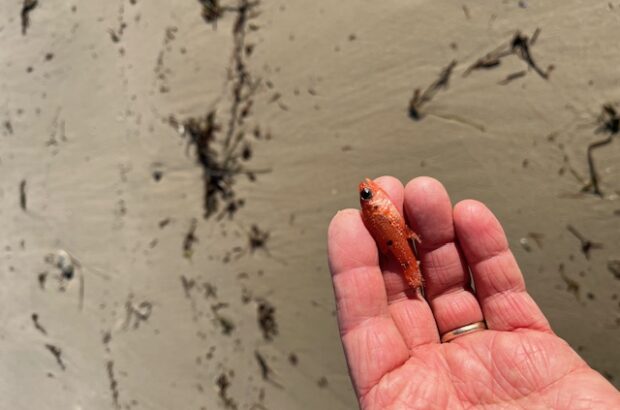
New Marine Fish Species for Martha's Vineyard
Local naturalist Simon Hickman recently found a two-spotted cardinalfish (Apogon pseudomaculatus) stranded on Lambert's Cove Beach. This tropical vagrant represented a first record for Martha's Vineyard.
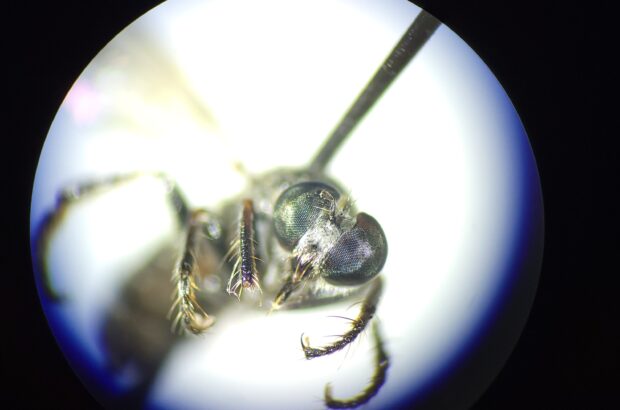
Atomosia puella Added to Vineyard Robber Fly Checklist
Only 7 mm long, the Vineyard's first Atomosia puella record comes from a specimen collected accidentally during a bee survey in 2021.
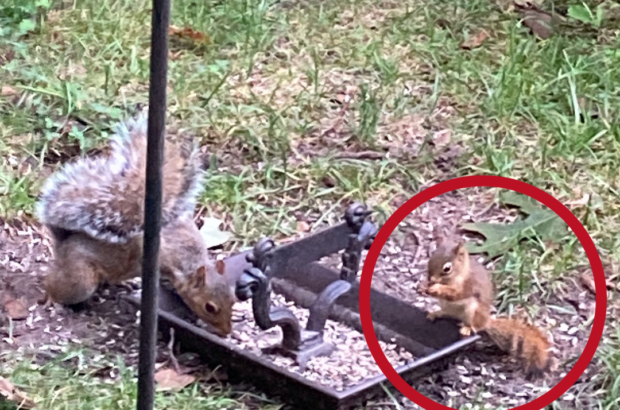
First Modern Vineyard Record of American Red Squirrel?
A small squirrel photographed recently in Edgartown by Polly Basset proved to be an American red squirrel, Tamiasciurus hudsonicus. We are unaware of any other verified Vineyard sightings in recent decades.
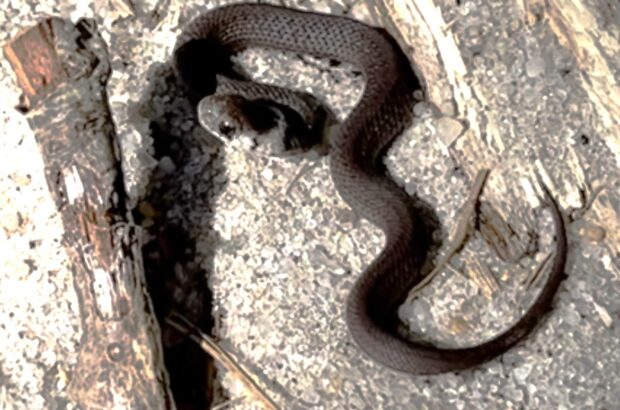
DeKay's Brownsnake Found in Edgartown
First documented on Martha's Vineyard in Aquinnah, DeKay's brownsnake (Storeria dekayi) was recently found at Massachusetts Audubon's Felix Neck Wildlife Sanctuary.

New Bee Species for Martha's Vineyard
Megachile inimica, sometimes called the hostile leaf-cutter bee, represents the 197th bee species documented on Martha's Vineyard.
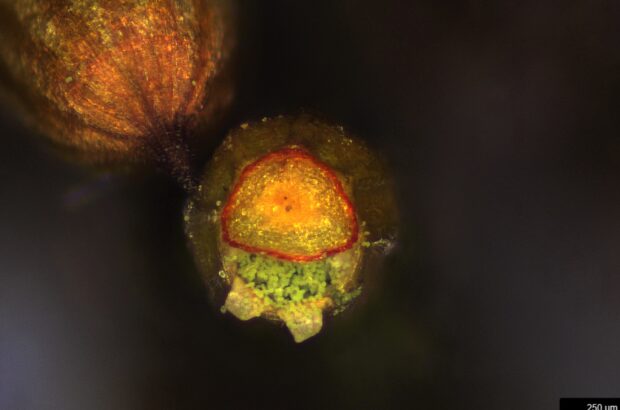
A Vineyard Moss Releases Its Spores
Two Vineyard botanists, during their ongoing study of island mosses, document the process of a native moss getting ready to release its spores.
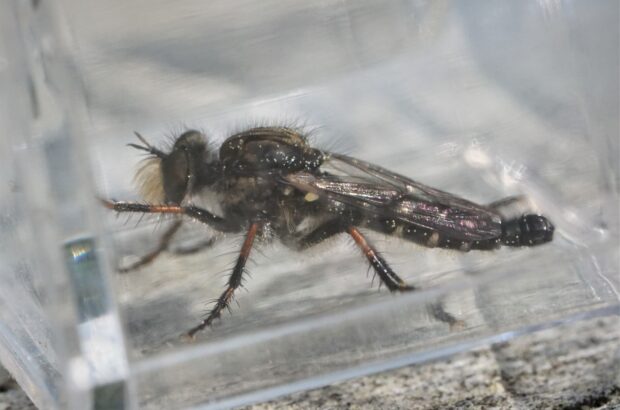
Cyrtopogon falto, a Barrens Robber Fly
Associated with barrens habitats and found mostly north and west of the Vineyard, the robber fly Cyrtopogon falto is the 18th member of the family Asilidae that we've been able to document on the Vineyard.
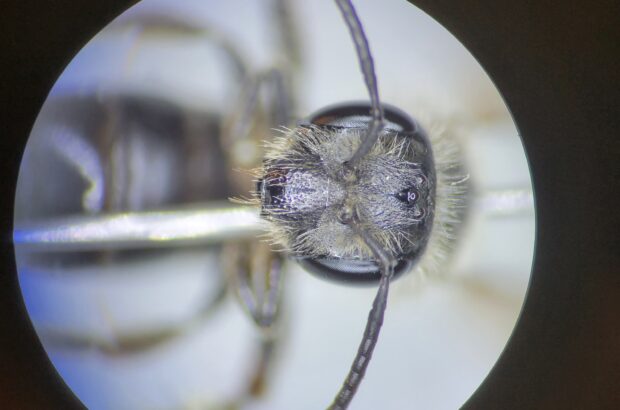
Azalea Mining Bee Added to the Vineyard Bee Checklist
Andrena cornelli, found in West Tisbury by Sharon Britton on May 22, 2023, brings the Vineyard bee checklist to 193 species.
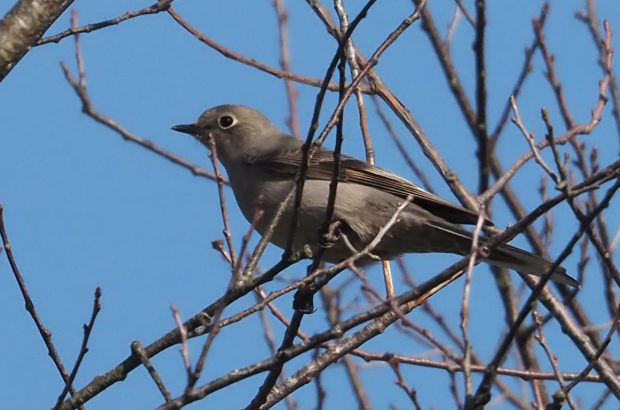
Third Vineyard Record for Townsend's Solitaire
The island's third-ever Townsend's Solitaire (Myadestes townsendi) was found in Correllus State Forest on February 21, 2023.
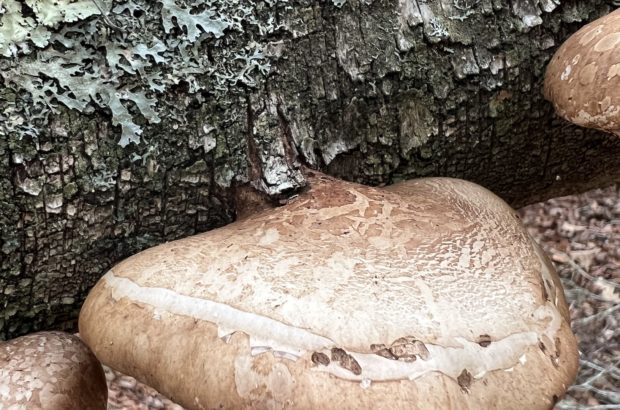
"The Swiss Army Knife of Mushrooms"
The birch polypore fungus, rarely reported on Martha's Vineyard, has a multitude of roles in traditional medicine. Botanist Margaret Curtin recently found the species in Edgartown and researched the interesting biology and social history of this fungus.
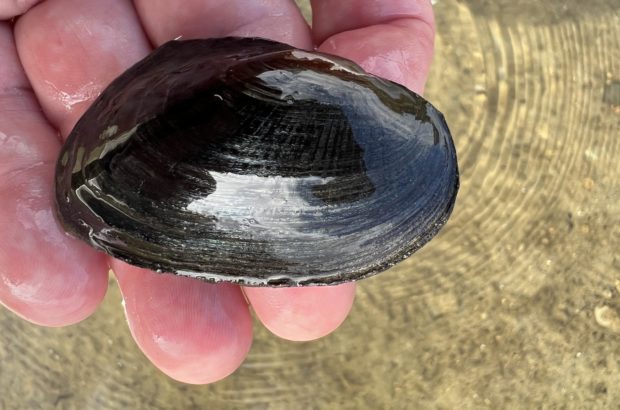
Freshwater Mussels
iNaturalist helps two island observers identify a freshwater mussel in Seth's Pond, West Tisbury. Little is known about these shellfish on Martha's Vineyard.
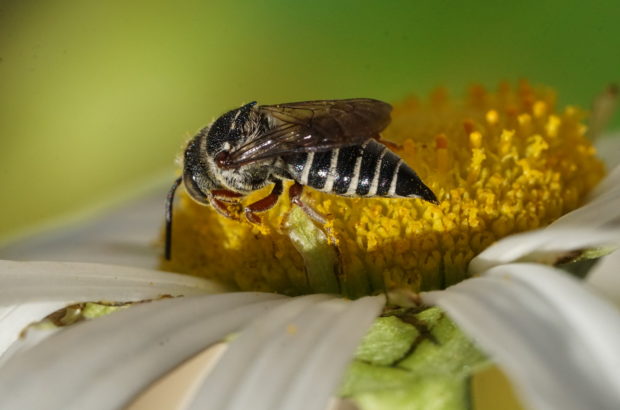
Cuckoo Bees
One of many parasitic bee species that lay their eggs in the nests of other bees, Coelioxys octodentatus was recently documented on the Vineyard for the first time.
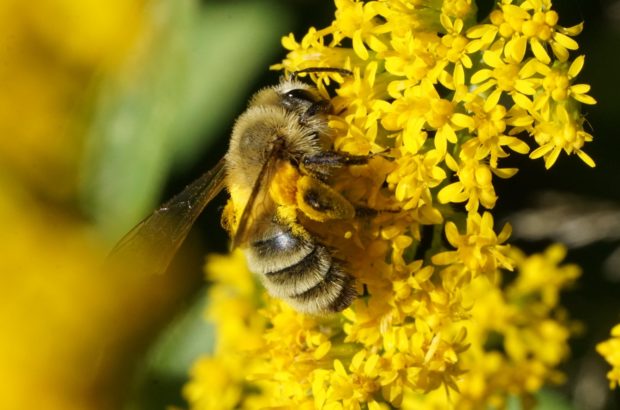
Hairy-banded Miner Bee, Andrena hirticincta
Closely associated with goldenrod, this distinctive bee appears to be one of the most common and widespread members of its genus on Martha's Vineyard.
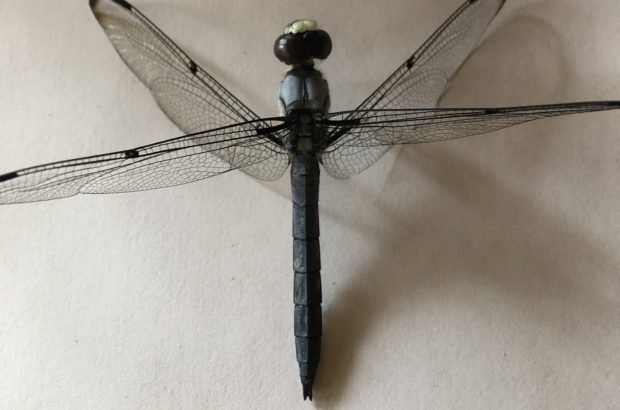
Great Blue Skimmer
Possibly the first fully documented record of Libellula vibrans comes from a new iNaturalist user.
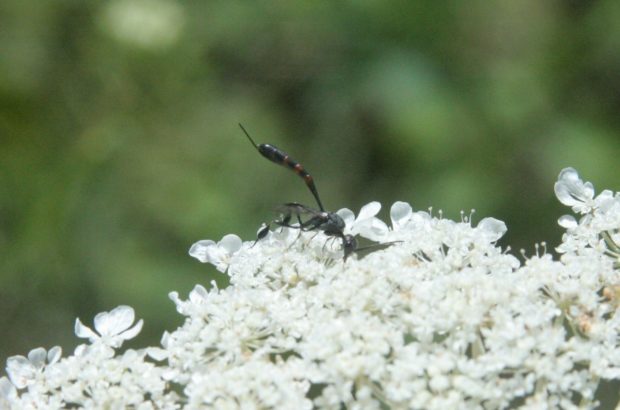
Carrot Wasp
A Chilmark observation of the rarely reported wasp genus Gasteruption.
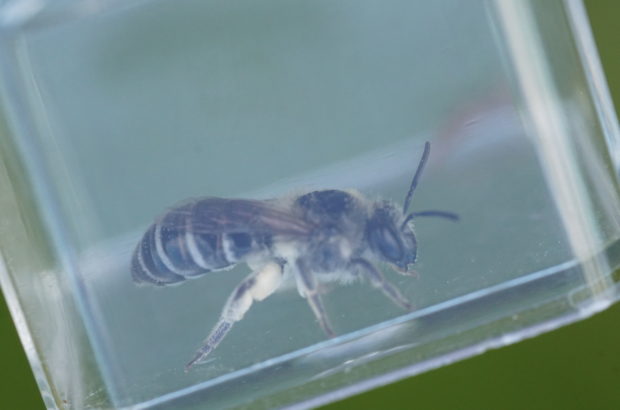
Colletes productus
Rarely observed and highly specialized, this bee was documented at a site on the Vineyard's south shore.
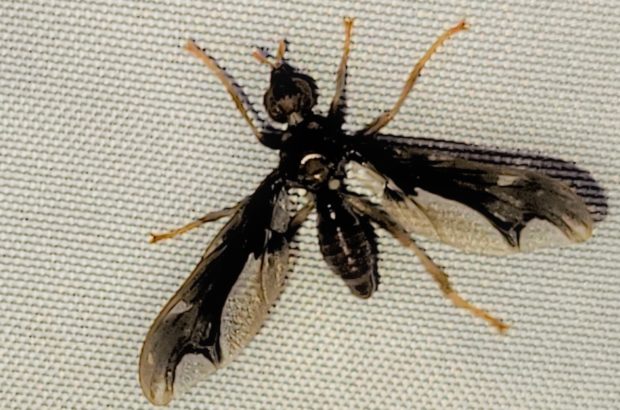
Pyrgota undata
Pyrgota undata: a parasitic nocturnal fly turns up at a moth sheet during our June 2022 bioblitz at Long Point Wildlife Refuge.
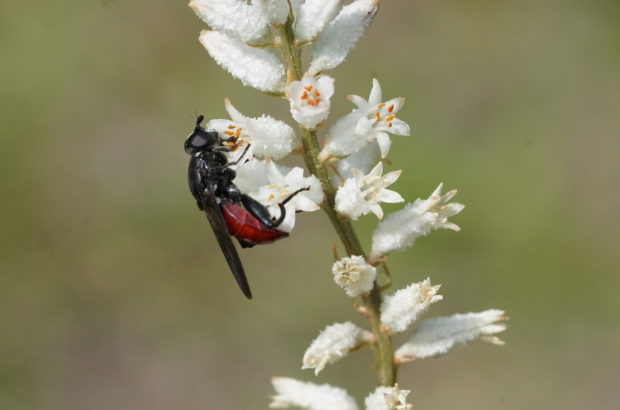
White Colic-root (Aletris farinosa):
Favoring sandy soils and open habitat, this member of the lily family is a characteristic plant of the Vineyard sandplain and an important plant for supporting pollinators in the late spring.
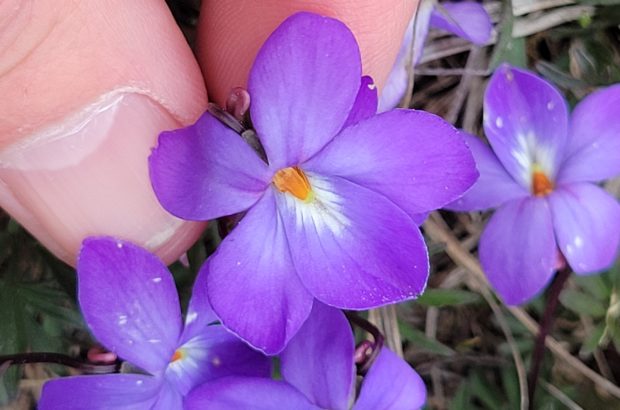
Viola pedata - Bird's foot violet
This beautiful spring wildflower is a characteristic species of the lean, droughty soils of the Vineyard sandplain.
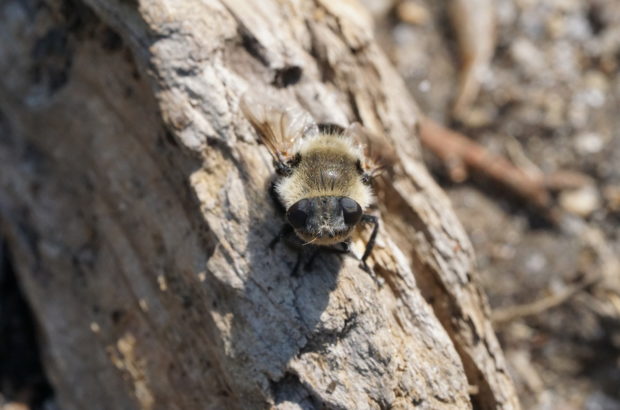
Deer Bot Fly
A strange-looking fly with an even stranger life history.

Stiletto Flies
Perhaps because of their elongated shape, members of the fly family Therevidae have acquired the common name “stiletto flies.”
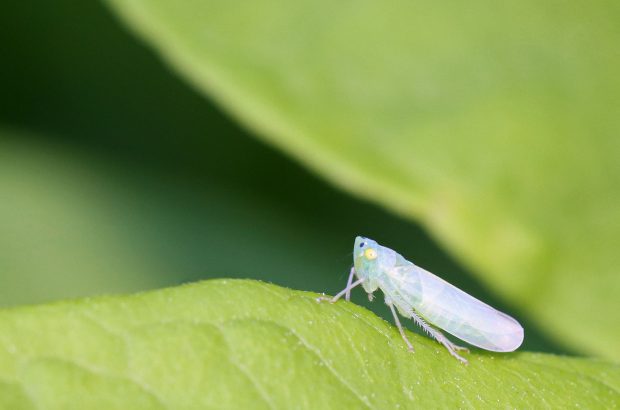
New Arrival
Deliberately or by accident, humans have transported many thousands of species from their native ranges to new regions or continents.
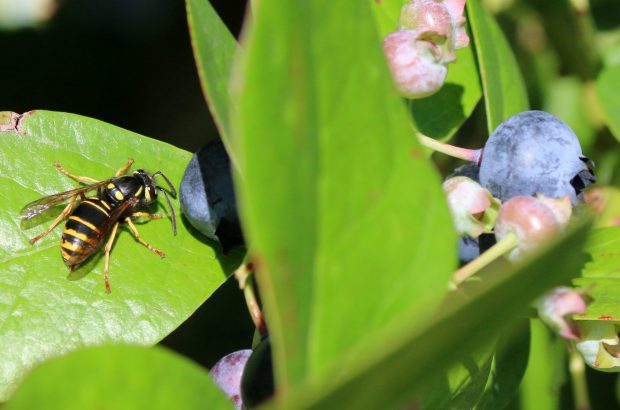
New Wasp Species for Vineyard Atlas of Life
An interesting species was added to the BWorks Martha’s Vineyard Atlas of Life project on iNaturalist last weekend: Vespula vidua, sometimes known as the widow yellowjacket.
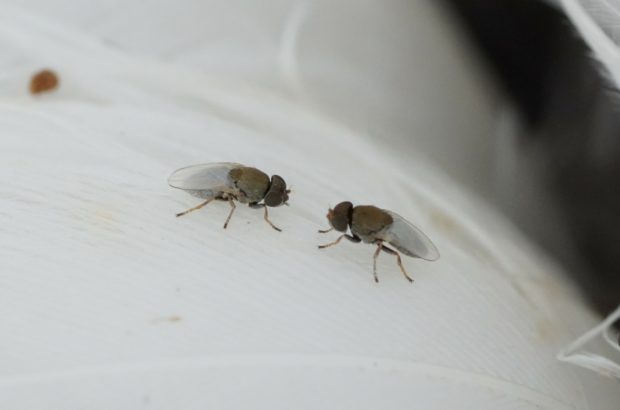
"Mystery Fly" on the Vineyard's South Shore
A rarely reported, carrion-loving fly turns up on the Vineyard's southern shoreline.